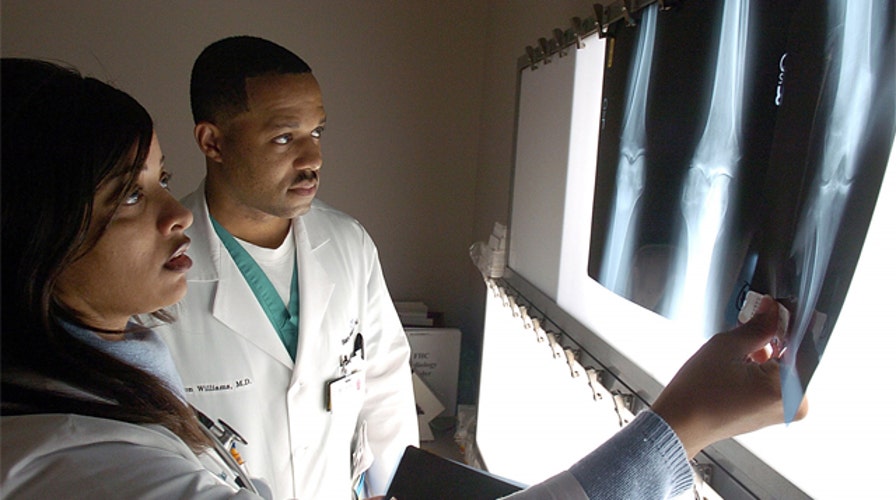Study: Broken bones don't heal like doctors thought they did
Groundbreaking research on bone repair
It turns out that broken bones do not heal like doctors thought they did. For years it has been thought that fibrin was essential for bone repair. Fibrin is a protein that aids in blood clotting and helps in repairing fractured bones. However, a recent study from Vanderbilt University Medical Center in Nashville, Tennessee, suggests that this is not exactly true. According to researchers, it is not the fibrin itself that helps to heal bone fractures, but rather the way in which fibrin breaks down. This research is important because it could help find a way to treat adults and the elderly who suffer from bone fractures heal just as well as children. The study was published in the Journal of Clinical Investigation.
How does fibrin aid in bone repair?
When a person bleeds, this triggers a protein known as fibrinogen to be converted into fibrin, a protein that helps clot blood. Fibrin is then sent to the bleeding site to help it clot by holding platelets together. While it seems like bones are dense and impermeable, they actually have small blood vessels and are porous. So when a person breaks a bone, the blood vessels break too. For this reason, scientists assumed that fibrin also helped repair bone fractures.
The researchers at Vanderbilt University Medical Center decided to test this by breeding genetically altered mice which were unable to produce fibrinogen. The results showed that when the mice’s bones were fractured, their bones were still able to heal without the production of fibrinogen. They found that the bone healing abilities of the mice’s bones were greatly flawed because their blood vessels could not adequately attach to the ends of the fractured bones. In addition, the mice that were unable to also get rid of fibrin developed a condition called heterotopic ossification. This is a condition that causes bones to grow additional bones within the muscle.
The results of this study may provide an explanation as to why children are better at being able to heal their bones than adults. As we age into adulthood, our levels of fibrinogen decrease by almost half compared to what they were during childhood. This research may also be able to help treat conditions like osteoporosis. Osteoporosis is a common condition among the elderly population, which is growing.

